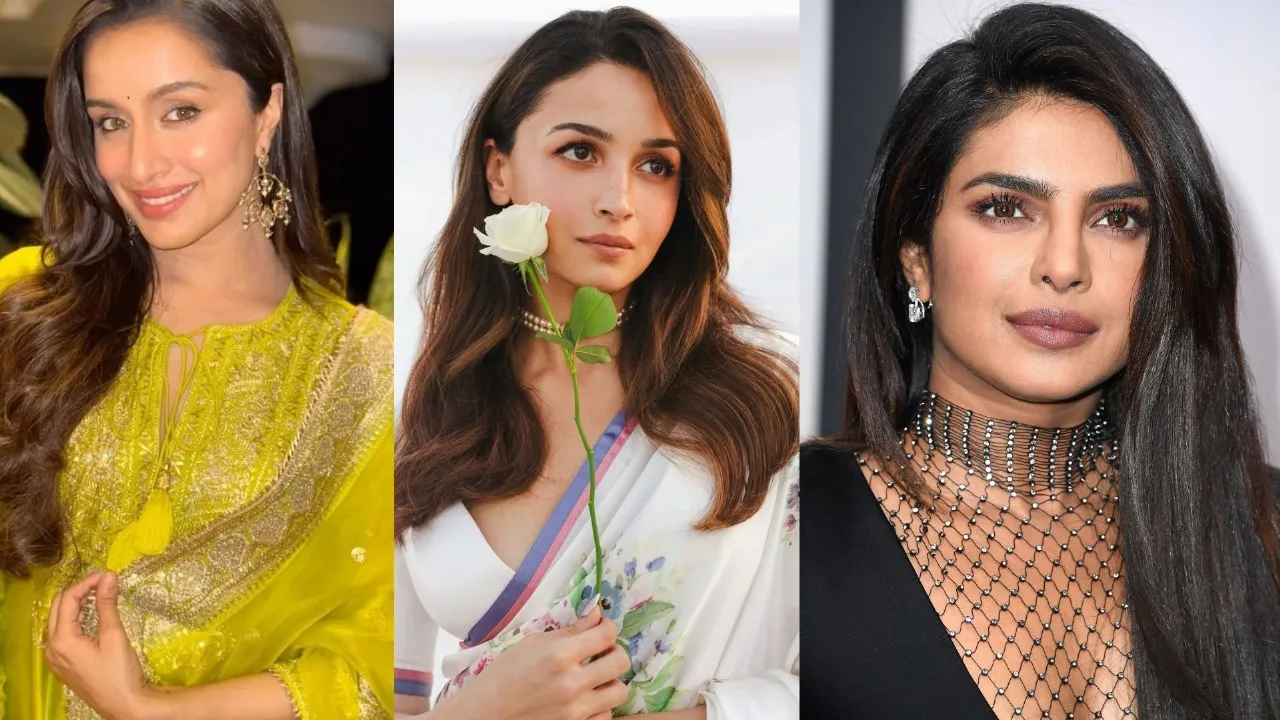Delhi is preparing for its eighth assembly election next month, and while women’s involvement in the electoral process has seen significant growth, their representation in the assembly remains limited. Over the past three decades, the participation of women voters has improved notably, with voter turnout surpassing the 60% mark in the last three elections—2013, 2015, and 2020. This is a substantial increase from the 56% or lower turnout recorded in the elections between 1998 and 2008.
The voter turnout rate, which reflects the percentage of eligible voters who cast their ballots, has seen a consistent rise, with women’s share in the electorate also showing positive growth. However, despite the higher participation, the representation of women in the Delhi Assembly remains disappointingly low, with the number of female legislators never exceeding single digits. In the 1998 elections, nine women were elected—the highest number to date.
Since 1993, a total of 491 women have contested the Delhi assembly elections, but nearly 80% of them, or 391, lost their deposits. The number of women elected to the assembly over the seven elections held so far has been just 39, making the 33% reservation in the assembly, as advocated by political parties in Parliament in 2023, a distant goal. To achieve the reservation, at least 23 women would need to be elected in a single term—an achievement that has yet to be realized.
The importance of women voters is becoming increasingly clear, as political parties are focusing more on women-centric policies. Both AAP and Congress have promised financial schemes for women, while the BJP has announced similar initiatives based on those implemented in other states. Notably, just before the 2020 elections, AAP introduced a free bus ride scheme for women in Delhi, which further underscored the political significance of women voters.
The gender gap in voter turnout has narrowed considerably over the years. In the 2020 elections, the difference in voter participation between women and men was almost negligible, with women’s turnout at 62.51% and men’s at 62.59%. This is a significant improvement from 1993 when the male turnout was 64.56% and the female turnout was 58.27%.
For the 2025 Delhi Assembly elections, all three major political parties—AAP, BJP, and Congress—have fielded nine women candidates each. These candidates will contest in various constituencies, although no seat has been exclusively allotted to women by all three parties. Some of the prominent women candidates from the AAP include Atishi from Kalkaji and Pramila Tokas from R.K. Puram, while the BJP’s list includes Sushri Kumari Rinku from Seemapuri and Shikha Rai from Greater Kailash. The Congress has also fielded notable candidates such as Alka Lamba from Kalkaji and Krishna Tirath from Patel Nagar.
While the number of women candidates has increased, their overall representation in the assembly is still far from meeting expectations, and achieving meaningful gender parity in the political sphere remains a challenge.























